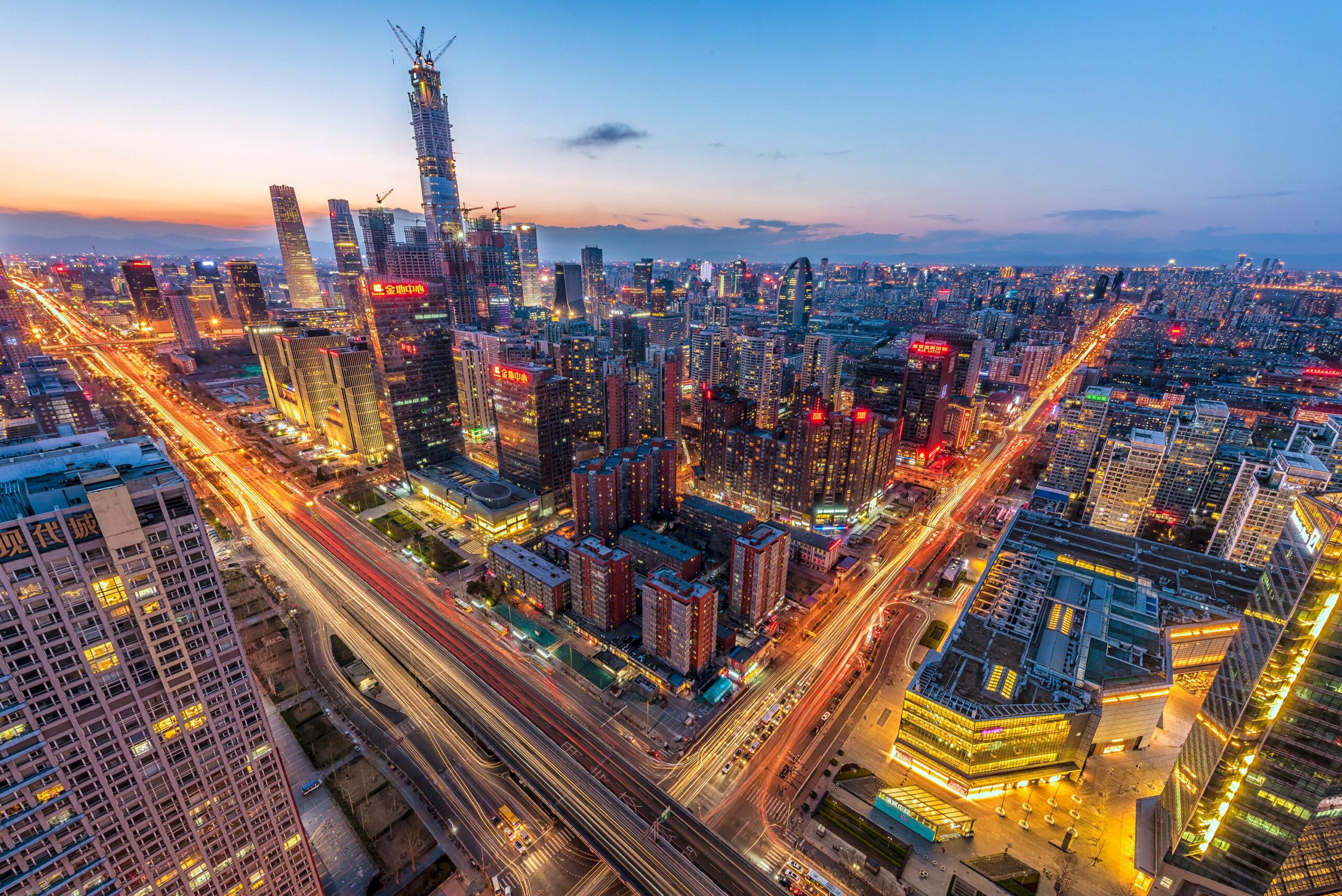Nestled at the northern edge of the North China Plain, where the Yanshan Mountains cradle the land like a protective arm, Beijing is far more than a capital city—it is a living archive of China’s past, a stage for its present, and a canvas for its future. With over 3,000 years of urban history and nearly 800 years as a political and cultural heart of the nation, Beijing weaves together ancient traditions and cutting-edge innovation, making it one of the world’s most dynamic and layered metropolises.
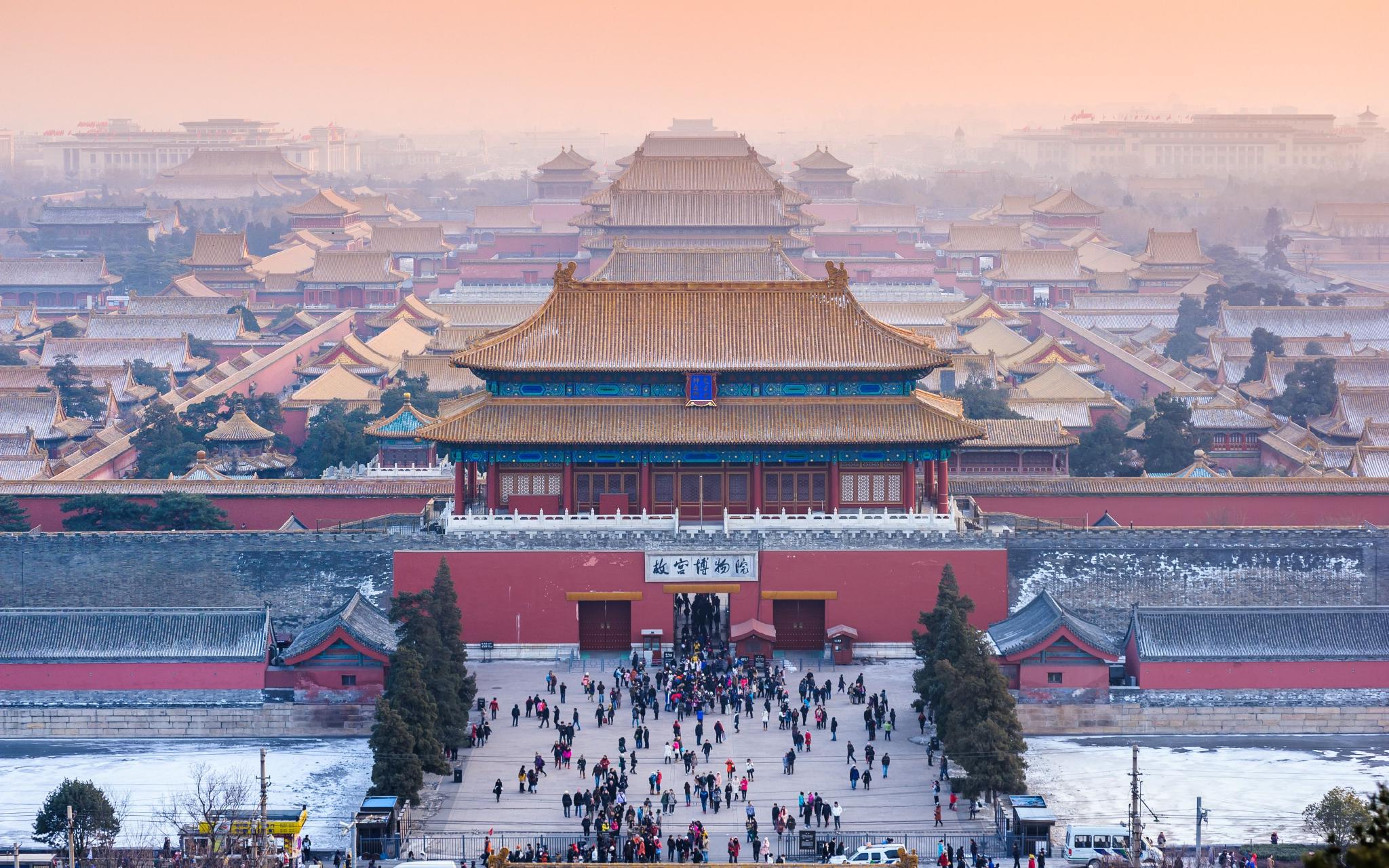
A City Born from Convergence: The Roots of a Capital
Beijing’s story begins long before it became a “capital.” Archaeological evidence traces human settlement here to the Neolithic Age (circa 5,000 BCE), with the discovery of primitive tools and pottery in areas like Xicheng District. By the Western Zhou Dynasty (1046–771 BCE), it emerged as “Ji,” a walled city serving as a vassal state’s capital under the Zhou Empire. Later, during the Warring States Period (475–221 BCE), it grew into “Yan,” the capital of the Yan Kingdom, renowned for its strategic location along the northern frontier.
Its transformation into a national capital began in 1272 CE, when Kublai Khan, founder of the Yuan Dynasty (1271–1368), chose it as the seat of his empire. Renamed “Dadu” (Great Capital), the city was redesigned by Chinese and Central Asian architects, blending grid layouts with Mongol sensibilities. This layout—centered on a north-south axis, with the imperial palace at its core—set the blueprint for Beijing’s future development.
Under the Ming (1368–1644) and Qing (1644–1912) dynasties, Beijing reached its architectural zenith. The Ming emperor Yongle moved the capital here in 1421, commissioning the Forbidden City (Palace Museum) as the imperial residence. The Qing rulers expanded it, adding the Summer Palace, Old Summer Palace (Yuanmingyuan), and refining the city’s symmetry. By the 18th century, Beijing was a global symbol of imperial grandeur, with its marble bridges, painted pavilions, and bustling marketplaces.
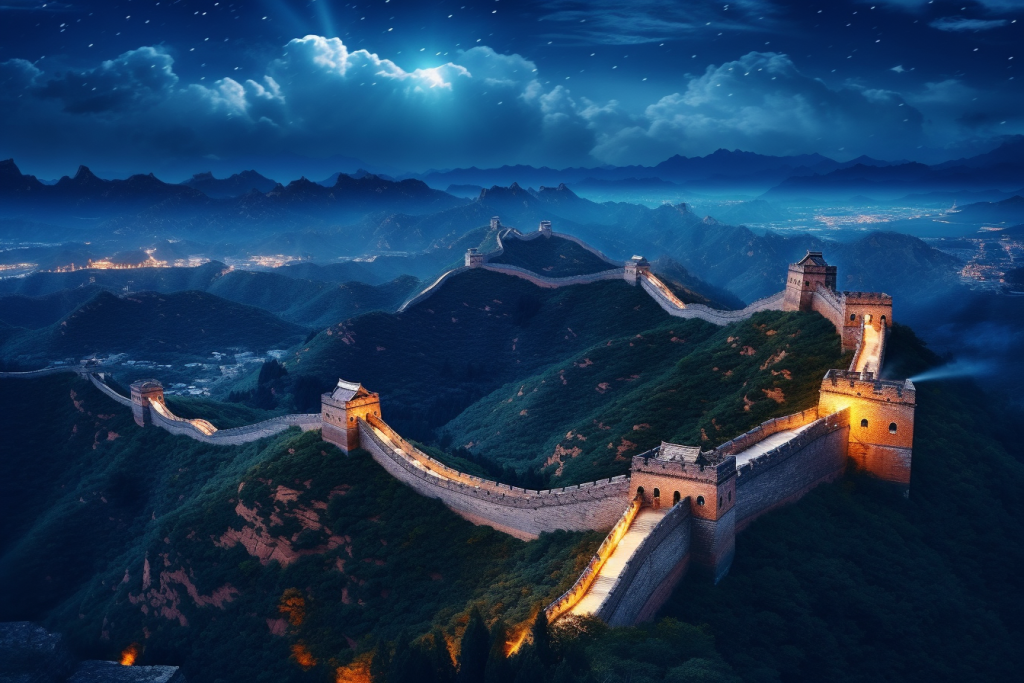
Cultural Treasures: Where History Comes Alive
Beijing’s identity is etched into its landmarks, each telling a story of power, faith, and artistry.
- The Forbidden City: A sprawling 720,000-square-meter complex of 9,999 rooms (a number symbolizing imperial divinity), it served as the home of 24 Ming and Qing emperors for nearly 500 years. Its vermilion walls, golden-glazed roofs, and intricate carvings embody Confucian hierarchy and Daoist cosmology. Today, it remains a UNESCO World Heritage Site and a window into China’s imperial past.
- The Great Wall at Mutianyu: While the Badaling section is more famous, Mutianyu—less crowded yet equally imposing—offers a glimpse into the wall’s military genius. Built during the Ming Dynasty to fend off northern invaders, its watchtowers and strategic curves showcase ancient engineering prowess. Hiking its restored paths, visitors can imagine soldiers manning the ramparts or scholars composing poetry amid the vistas.
- The Temple of Heaven: A masterpiece of Ming architecture, this complex was where emperors prayed for good harvests. Its iconic Circular Mound Altar, made of white marble, and the Hall of Prayer for Good Harvests, with its intricate dragon and cloud motifs, reflect the Ming belief in harmony between heaven and humanity.
- Hutongs and Siheyuan: No visit to Beijing is complete without wandering its hutongs—narrow alleyways that once formed the city’s social fabric. These labyrinthine lanes, some over 800 years old, are lined with siheyuan (courtyard houses), where generations of families lived, cooked, and shared stories. Today, many hutongs have been preserved and repurposed into cultural spaces, cafes, or museums, balancing tradition with modern life.
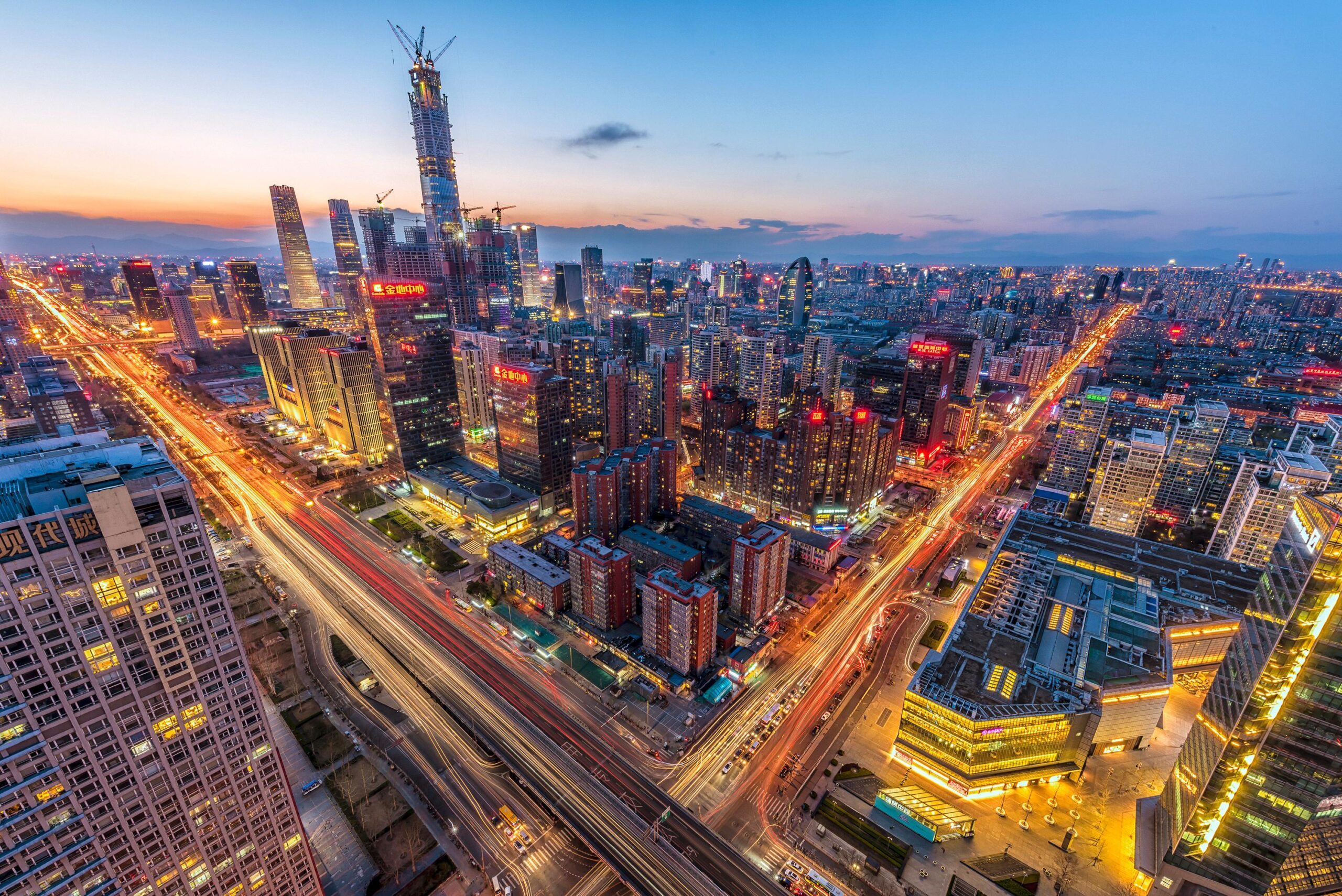
Modern Beijing: A Global Hub of Innovation
While history permeates Beijing, the city pulses with contemporary energy. As China’s political, economic, and cultural center, it has evolved into a global powerhouse.
- The CBD: A Skyline of Ambition: The Central Business District (CBD), centered around Guomao (China World Trade Center), is a testament to Beijing’s modernity. Towering skyscrapers like the 528-meter China Zun and the futuristic CCTV Headquarters (dubbed “the Big Pants” by locals) dominate the skyline. Here, multinational corporations, tech startups, and financial institutions thrive, alongside luxury malls and upscale restaurants.
- Zhongguancun: China’s Silicon Valley: Known as “China’s Silicon Valley,” Zhongguancun in Haidian District is a hotbed of innovation. Home to tech giants like Baidu, Sina, and Lenovo, as well as thousands of startups, it buzzes with entrepreneurs, researchers, and students from top universities like Peking University and Tsinghua University. Its streets are lined with incubators, tech exhibitions, and quirky cafes, embodying Beijing’s spirit of intellectual curiosity.
- Cultural Institutions: Beijing’s modern cultural scene is equally vibrant. The National Museum of China, with its 1.4 million artifacts, traces the nation’s history from prehistoric times to the present. The 798 Art Zone, a repurposed factory district, showcases cutting-edge contemporary art, from installations to digital media. And the National Centre for the Performing Arts, a striking egg-shaped dome, hosts opera, ballet, and symphony performances, bridging East and West.
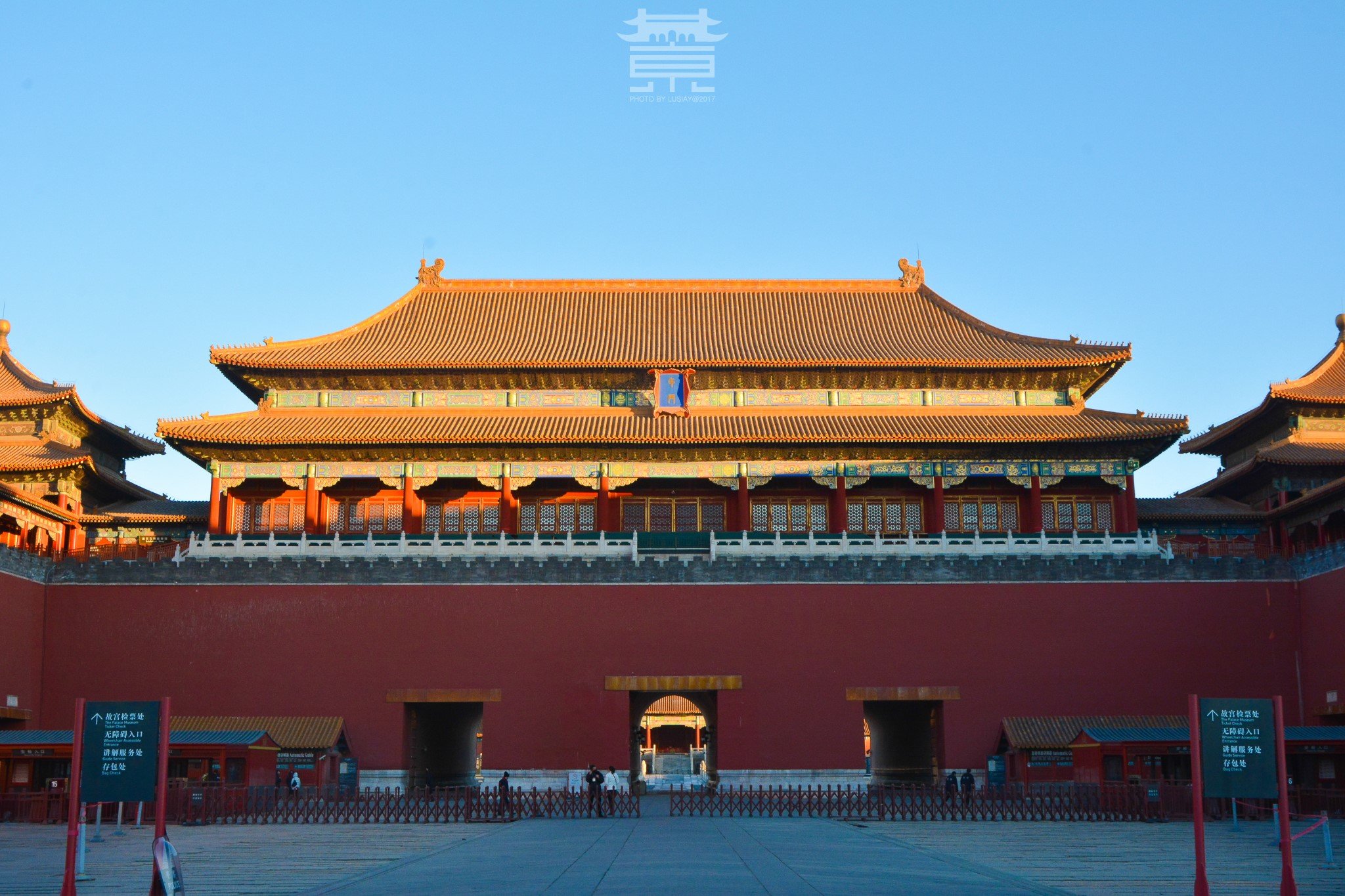
Culinary Delights: A Feast for the Senses
Beijing’s food is a reflection of its history and diversity. From imperial banquets to street food, every dish tells a story.
- Peking Duck: Perhaps Beijing’s most iconic dish, Peking Duck is a culinary art. The duck is roasted until its skin is crisp and golden, then sliced thinly and served with thin pancakes, hoisin sauce, and scallions. The Quanjude and Da Dong Roast Duck restaurants, both over a century old, are must-visits for connoisseurs.
- Zhajiangmian (Fried Sauce Noodles): A hearty staple, zhajiangmian features hand-pulled noodles tossed with a savory sauce made from fermented soybeans, pork, and vegetables. It’s a comfort food beloved by locals, often enjoyed in small family-run eateries.
- Jiaozi (Dumplings): Eaten year-round, jiaozi are a symbol of prosperity. Filled with pork, cabbage, or shrimp, they are boiled, pan-fried, or steamed. During Lunar New Year, families gather to make them together, a tradition that strengthens bonds.
- Douzhir (Fermented Bean Drink): For the brave, douzhir—a tangy, slightly alcoholic drink made from fermented mung beans—is a traditional breakfast beverage. Once a common street snack, it’s now a nostalgic treat, often paired with breakfast items like shaobing (sesame flatbread).
A City of Contrasts: Tradition Meets Tomorrow
What makes Beijing truly unique is its ability to harmonize the old and new. In the morning, you might sip chrysanthemum tea in a hutong courtyard, listening to the chatter of elderly residents playing mahjong. By afternoon, you could be exploring the high-tech exhibits at the Beijing Expo Park or watching a performance at the National Theatre. At night, the CBD lights up with neon, while the Summer Palace glows softly under the moon, its reflection rippling on Kunming Lake.
Beijing is also a city of resilience. It has weathered wars, revolutions, and rapid urbanization, yet it remains a cultural anchor. Its people—warm, resilient, and fiercely proud—carry forward traditions while embracing change.
As China continues to shape the global stage, Beijing stands at the forefront, a city that honors its past while daring to reimagine its future. It is not just a capital; it is a living, breathing entity—a place where every street, building, and face tells a story of continuity and possibility.
To visit Beijing is to step into a time machine, where the echoes of emperors and the buzz of entrepreneurs coexist, and where history is never static but alive, evolving with each passing day.
